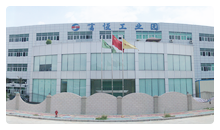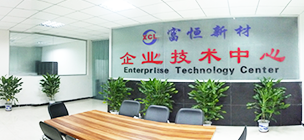Source of VOC in PC and ABS
2016-04-26
admin
In automobile trim plastics, PC and ABS occupy a large proportion. Particularly, in luxury cars, PC/ABS materials consumed reach 5- 10KG/car. The volatile organic compounds (VOC) in PC/ABS are non-negligible. The source of VOC in PC and ABS is introduced as follows.
Firstly, residual monomer and emulgator, etc. in raw materials;
Either phosgenation or transesterification method, the residual monomer of PC is little. Generally, PC has high purity, which is closely related to the advanced production process and polymerization method. However, in transesterification method, phenol substances will be caused during PC production, and phenol substances will be remained unavoidably.
During ABS production, styrene and acrylonitrile monomers will be remained. In addition, in ABS produced by emulsion method, 80% of emulgator ---- dodecylbenzene sulfonic acid substances will be remained in rubber powder, not easy for removal. Furthermore, a part of AS molecular weight modifier, e.g., lauryl mercaptan or formosul will be remained, but it will be soluble in water, so can be removed easily.
Secondly, solvent during raw materials production;
The solvent used frequently in PC is CH2Cl2. In ABS produced by bulk polymerization, the solvent is methylbenzene or ethylbenzene. Because methylbenzene has greater toxicity, now ethylbenzene solvent is used mostly. In case of defective de-ashing device, solvent will be remained in the product, becoming VOC substance. To speak of, benzene homologs and derivates are key control object of VOC.
For the third type of assistant, such as compatilizer, lubricant and release agent, etc.;
PC is compatible with SAN phase part in ABS but not compatible with PB, so the compatilizer shall be added to improve the compatibility. Some low molecular compatilizer may impact on emission level of VOC. In addition, to increase the internal lubrication between substances, lubricant will be added in the formula, so low-molecular lubricant may become VOC substance. At last, to improve demolding property in processing, the frequent method is external spraying of some release agents, mainly organic substances, which may impact on emission level of VOC.
At last, regarding degradation by-product.
PC is easy to be decomposed in comparison with ABS substances. In PC/ABS system, acid-base degradation or affinity reagent degradation does not occur generally. In case no assistant is added, PC/ABS will mainly have hydrolysis and alcoholysis.
Generally, the water absorption of PC is about 0.2%. The ester group on PC molecular chain is very sensitive to water. Particularly, hydrolysis is liable to occur under high temperature to form micromolecule, so it’s generally required that the moisture content shall not exceed 0.02% during PC processing.
Under high temperature, hydroxyl will attack ester group to react, and PC molecular chain will be ruptured to form up micromolecule. The content of end hydroxyl of PC produced by phosgenation is about 5% and content of end hydroxyl of PC produced by transesterification method is about 20%. Thus, PC produced by phosgenation is more liable to have alcoholysis than PC produced by phosgenation, and more micromolecule are more liable to be generated.
After knowing the VOC source of PC/ABS, appropriate actions shall be taken from source of raw materials and in materials processing to effectively control VOC substances and create ultralow-emission plastics.







